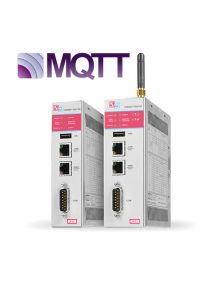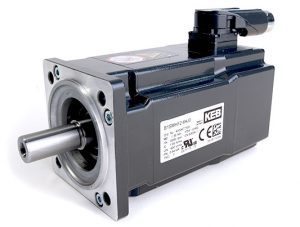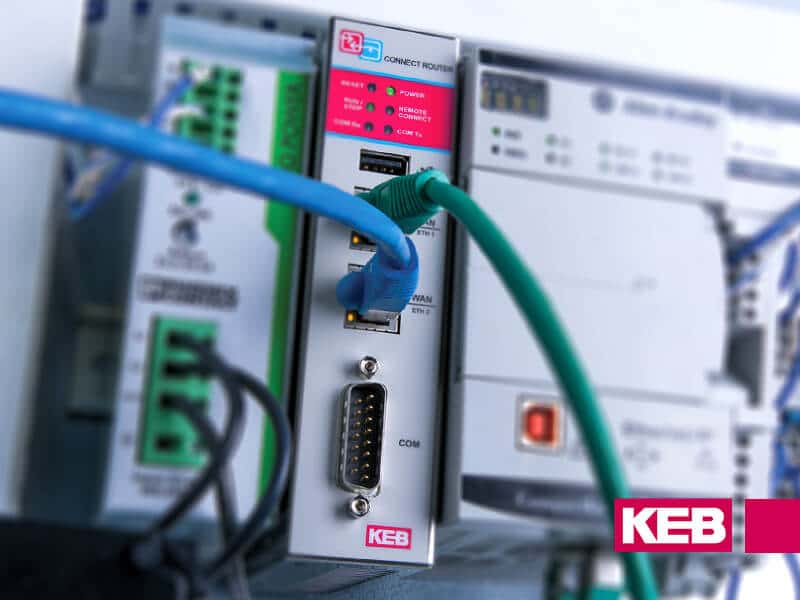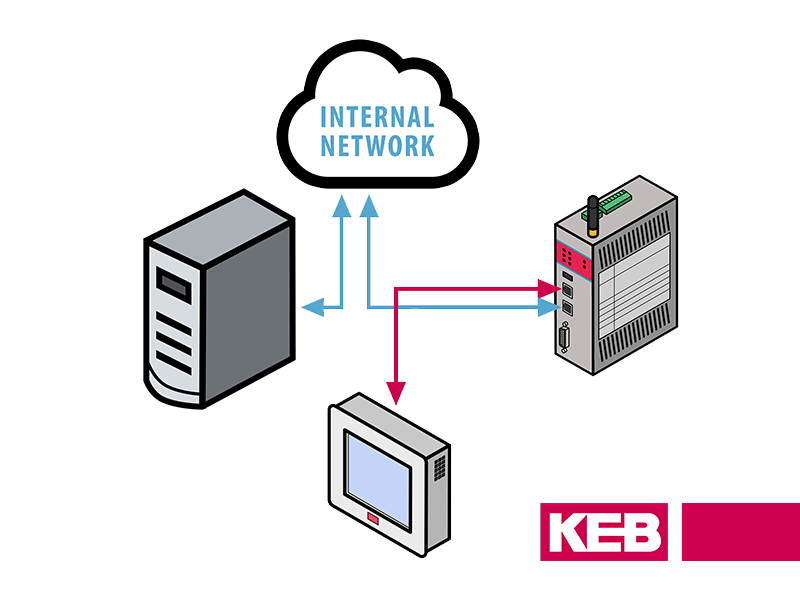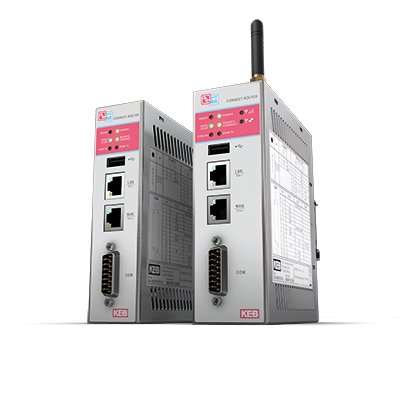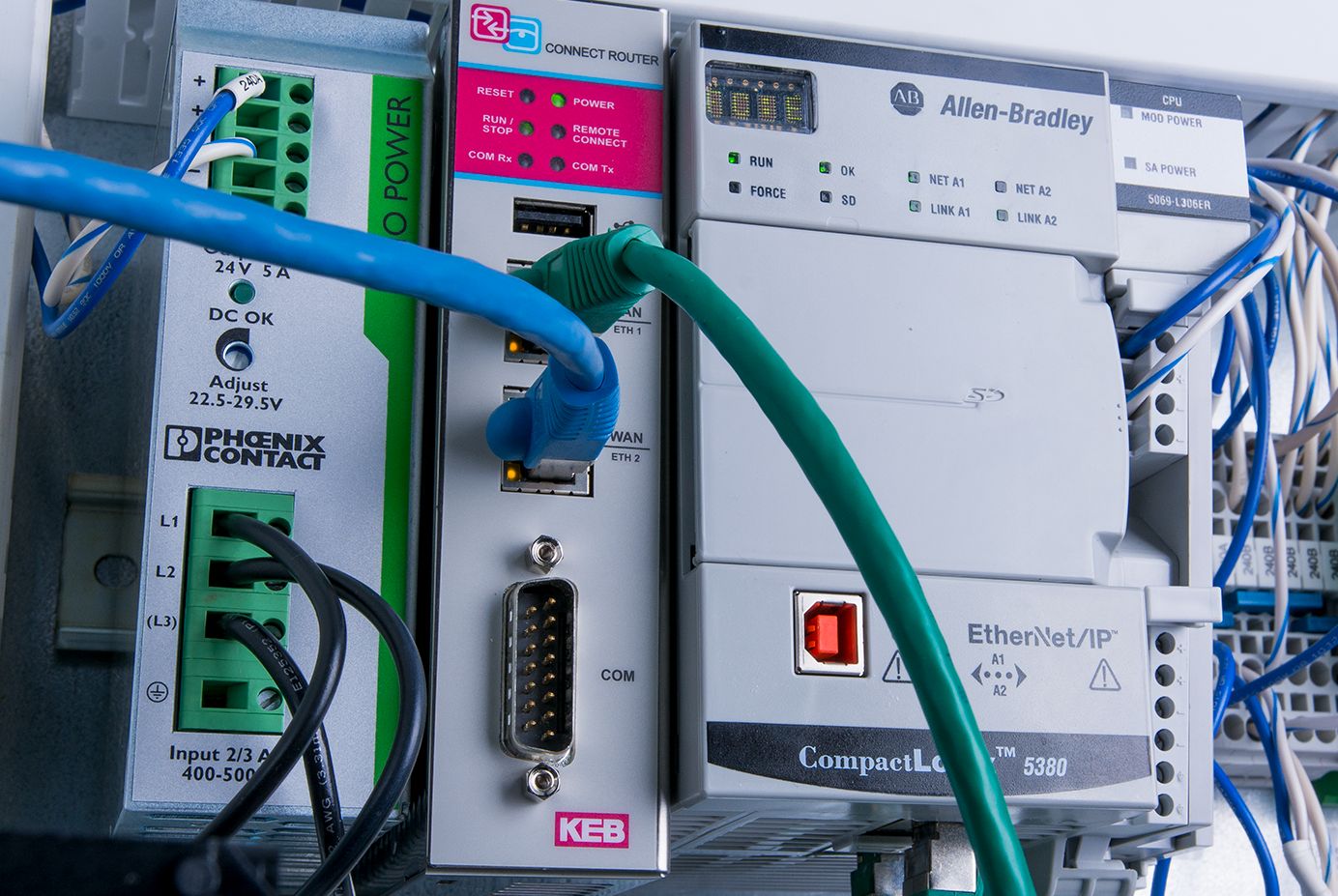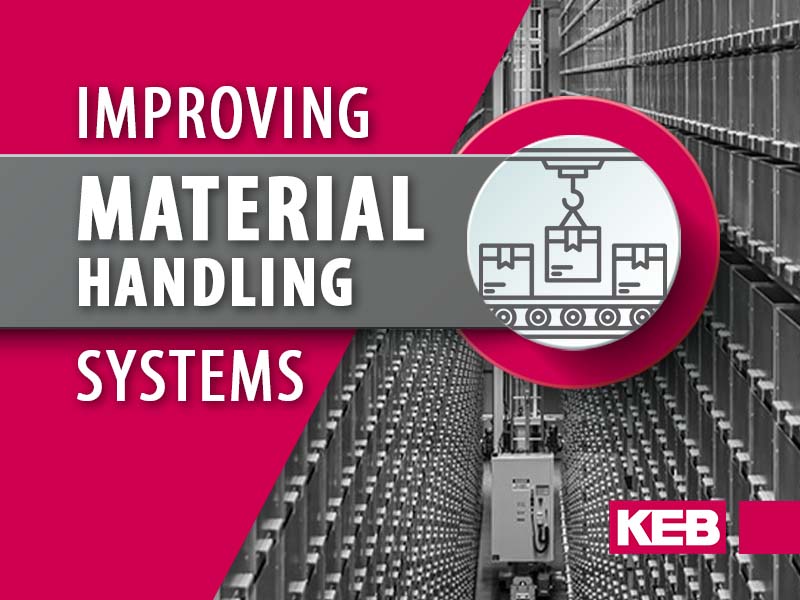Adopting Data Analytics for Predictive Maintenance
Regular maintenance is essential for any machine, from basic computers to complex eMobility vehicles. That’s especially true in the realm of manufacturing, where one broken piece of equipment can disrupt (or worse, shut down) an entire production line. Without diligent maintenance, an engine, drive, or motor failure can become very expensive—not just in repairs—but also in lost productivity. Throughput slows down, deadlines get missed, and panicked emails fly as teams scramble to get the line running again.
But what if there was a way to predict equipment problems in advance and avoid that stressful situation altogether? Welcome to predictive maintenance, a driving force for the future of machine operations.
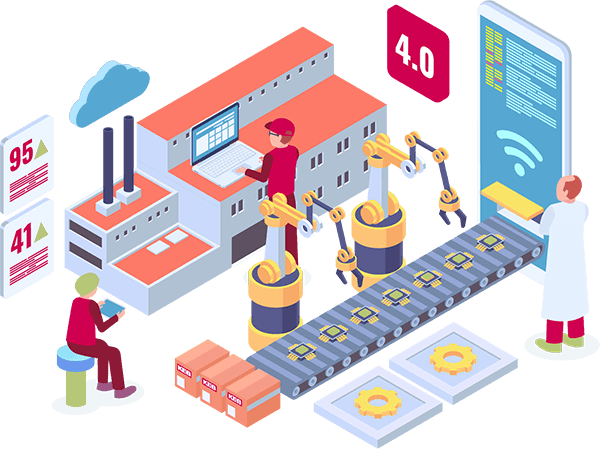
What Is Predictive Maintenance?
The idea behind predictive maintenance is to forecast the condition of your machines using sensors and performance data. It’s a system for predicting when a piece of equipment will break down, so you can tackle repairs or replacements at a more convenient time, without major disruptions to your business. These predictive insights can help manufacturers anticipate future problems, inform service intervals for essential equipment, and pivot their maintenance approach from reactive to proactive.
Predictive Maintenance vs. Preventative Maintenance
You can think of predictive maintenance as a more advanced form of preventative maintenance. The latter uses historical data and averages (like life expectancy stats on a given part or machine) to guide maintenance scheduling. Predictive maintenance takes this one step further by capturing and considering real-time performance data across individual pieces of equipment, creating a much more reliable solution for forecasting issues.
How Does Predictive Maintenance Work?
Predictive maintenance works by collecting critical measurements on the machine through different types of sensors. Temperature, speed, vibration, position, and pressure sensors give manufacturers deep insight into the machine’s health in real time—and can help them quickly spot and fix potential problems before they hamper productivity.
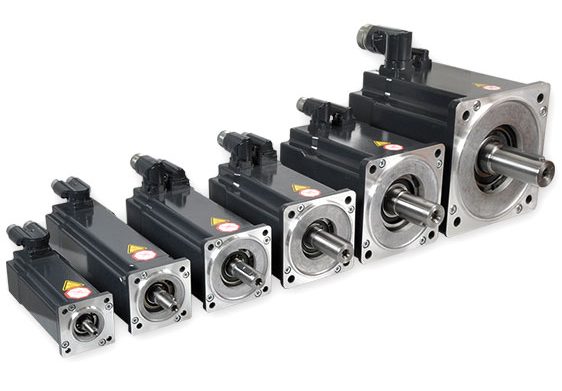
For example, KEB servo motors are commonly equipped with a PTC (positive temperature coefficient) thermistor sensor. This robust temperature sensor is built to endure harsh and hot environmental conditions, informing technicians if the motor reaches excessive temps. With this information in hand, maintenance can be scheduled at a cost-effective time, and repairs can be completed while minimizing downtime.
Data Collection & Analytics
Machine builders can leverage a wide range of equipment readers and sensors for predictive maintenance, including:
Position sensors help ensure that machines and tools stay in their proper place across industrial operations. Position sensors are invaluable for monitoring and maintaining machines requiring precise movements, such as metalworking machinery. Monitoring position might help to detect component wear or belt slippage.
Vibration sensors help to flag unusual vibrations in a machine or piece of equipment, which is usually a sign that the asset or process needs to be looked at. These sensors can accurately capture and communicate different levels of vibration in real time, a boon across many applications like food & beverage or wind power. Increased vibration likely means that bearings or worn components need to be replaced.
Temperature sensors provide dependable thermal monitoring for many types of industrial machines, which can be used to confirm and predict their condition. Excessive heat will cause component failures for both electrical and mechanical components. The goal is to detect rising process temperatures and slow or stop the machine before failure. These sensors are invaluable for spotting early issues and minimizing unintentional downtime in agriculture, aerospace, and even medical applications.
Tools like these allow industrial teams to collect and analyze incredible amounts of data on the health of their equipment, leading to more informed and assured decision-making for maintenance. Moreover, the field of predictive maintenance is increasingly leaning towards cloud-based technology, machine learning, and IoT (Internet of Things) devices.

Leading cloud ecosystems (like AWS) can potentially analyze all of this real-time sensor data, using machine learning to contrast the current performance of equipment with its expected performance over any measurement of time. With this reliable roadmap, informed by historical and real-time data, technicians can schedule repairs or service at ideal times (like over weekends or nights when doing line changes), bolstering productivity and avoiding asset failures altogether.
Pros and Cons of Predictive Maintenance
Let’s recap by exploring some of the potential pros and cons of predictive maintenance:
Pros
- Efficiency and productivity improve when assets are well maintained. Unexpected downtime is minimized and production runs can continue without a hitch.
- Safety can be improved by investing in this maintenance solution. Sudden failures in equipment (which can be dangerous to operators and passersby) are avoided through proactive repairs.
- Overall cost savings are a huge benefit of predictive maintenance. Individual parts can be repaired or replaced before critical failure, which could affect other components or machines.
Cons
- Initial costs can be quite high, as you’ll need the proper sensors, monitoring equipment, and software to get started.
- Data interpretation can be difficult for teams unfamiliar with this discipline. You’ll need the right skill set and tools to make actionable use of the data you collect.
- Company investment is likely the biggest roadblock for adopting predictive maintenance. Along with technicians and maintenance staff, management has to recognize the value of this tech and support it. Without company-wide buy-in, it’s an investment likely to fail.
Meet Your Maintenance Goals with KEB
Whether you’re looking for robust automation products or new technologies to improve your process and bottom line, KEB America can help. We offer a bevy of innovative solutions to meet your unique application needs, minimize downtime, and set you above the competition. Contact an Application Engineer today to see how we can help.
Let's Work Together
Connect with us today to learn more about our industrial automation solutions—and how to commission them for your application.
